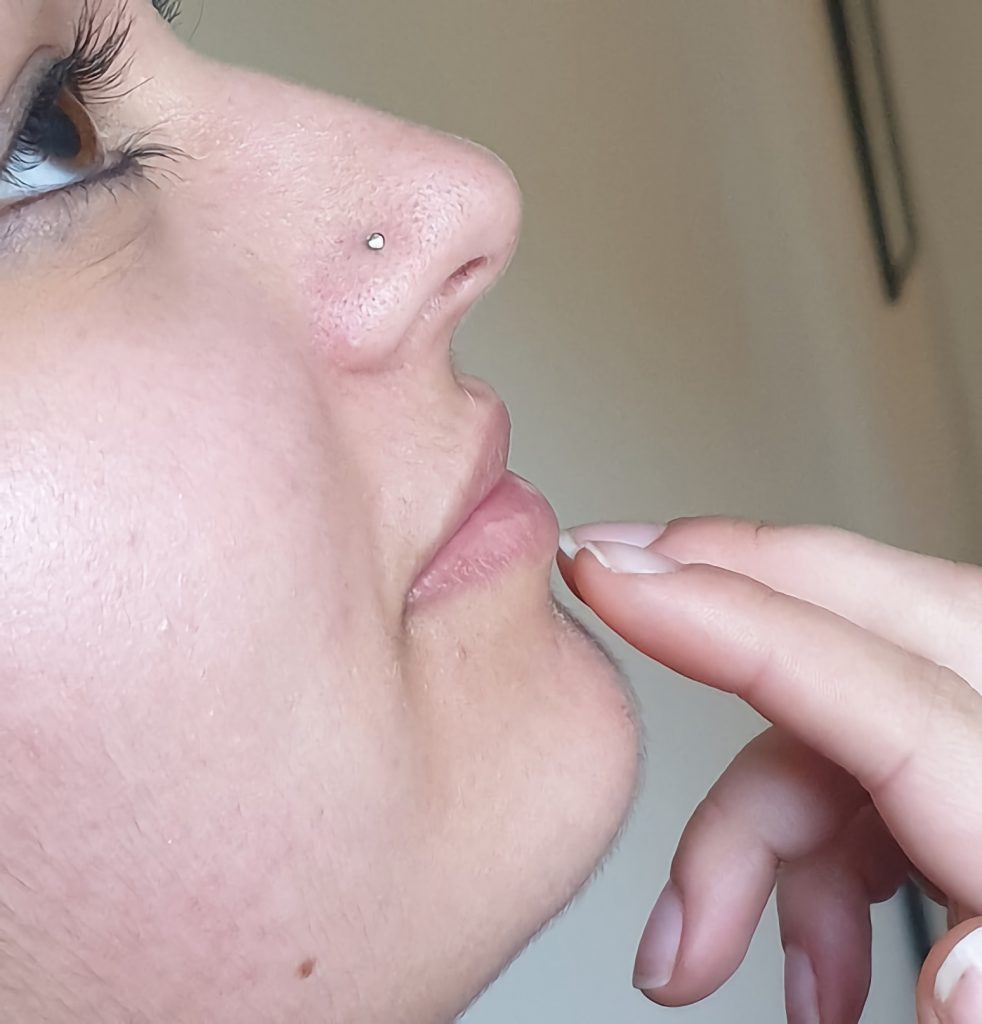What is EFT (otherwise known as ‘tapping’)?
Over the last month I’ve been training in EFT, which stands for Emotional Freedom Technique, otherwise known as tapping.

EFT has been around for over 50 years and is what’s known as a mind-body therapy. In other words, it recognises that our minds and our bodies are intrinsically linked to one another. It therefore uses both alongside one another to process issues that have caused, or continue to cause us, distress.
You might have seen it being talked about on TV, even in the “I’m a Celebrity” jungle last year!
Psychological acupuncture
This is a really useful way to think about it as it’s based on the ancient Chinese practice of acupuncture. This understands that the body’s energy travels along certain pathways and can cause difficulties when blocked. Whereas acupuncture uses very fine needles at certain points on those pathways to release it, EFT aims to address any stuck points through simply tapping on specific points on these pathways.
The repetitive nature of the tapping creates a felt sense of safety in our body, and from there we can gently and carefully explore the source of our distress. This is a really important aspect of the technique, particularly with trauma – as we are effectively ‘re-writing’ the pathways in our brains. Usually when we think about the trauma, it’d activate our amygdala; the survival part of the brain. This communicates to other parts of the brain that there’s something to fear and that we need to take action. This is often the release of cortisol and adrenalin so that we can deal with whatever it is that is frightening us.
When we’re tapping, we keep the amygdala calm, preventing the fight or flight response from taking place and we can safely ‘visit’ the trauma. Our bodies and brains work together to create feelings of safety. Our brain learns that the memory or experience doesn’t always have to trigger the amygdala’s fight or flight response.
You can find out more about it here
What kinds of things can EFT help with?
What’s great about it is that it can help with pretty much anything from historical trauma to work stress and anxiety. It can even be used very effectively to help with pain management. It’s a complementary therapy so of course if it’s a physical or medical issue, you should consult with your doctor. You should also continue with any medication or treatment that has been prescribed for you.
If you’d like to contact me to find out how it can help you, just send me a message.

Leave a Reply